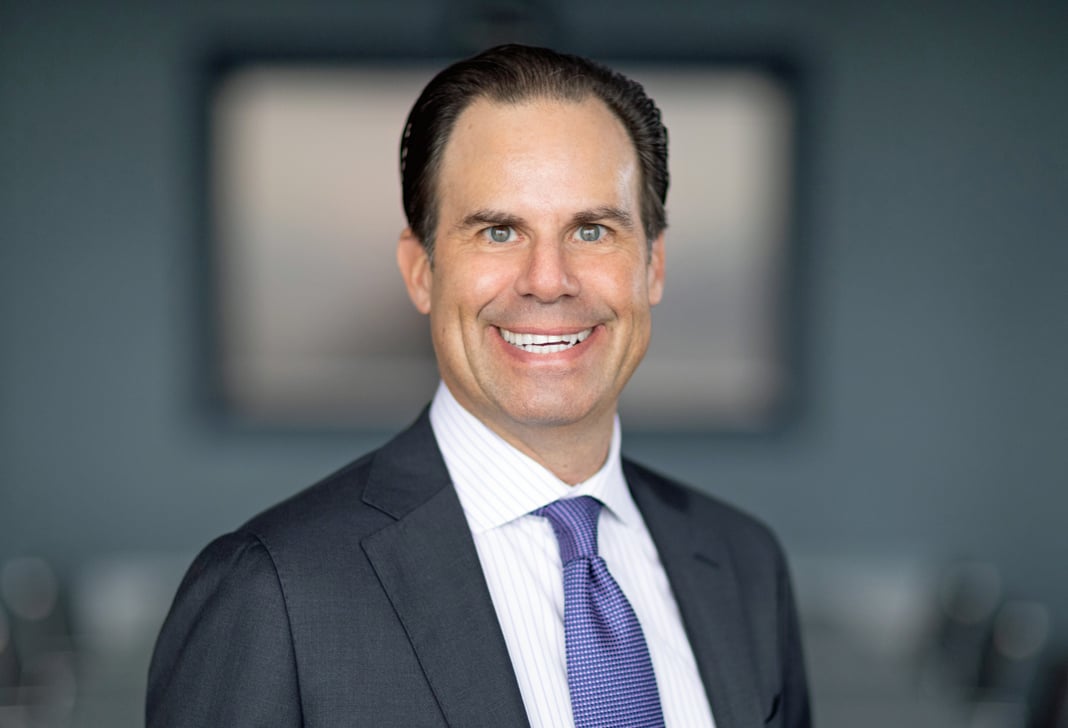The Silicon Valley Bank Failure: Cash Management and Risk Oversight
In Short
The Background: The recent failure of Silicon Valley Bank, the second-largest bank failure in U.S. history, temporarily paralyzed start-ups, public companies, venture firms, private equity firms, and portfolio investments alike if they held significant cash on deposit or lines of credit with SVB.
The Issue: SVB customers suddenly found themselves without access to cash and unable to meet their payroll and other operating obligations and faced uncertain futures until the Federal Deposit Insurance Corporation ("FDIC") committed to insure all deposits and provide access on an expedited basis.
Going Forward: Boards of directors and management cannot assume that the federal government will always stand behind uninsured deposits and, in considering their duties to the company and its shareholders, must think critically about their risk assessment processes related to cash management systems and banking relationships.
The sudden collapse of Silicon Valley Bank on March 10, 2023, roiled the financial sector, stirring fears of another global economic crisis. SVB was one of the top 20 largest banks in the United States and the go-to lender for many of the region's tech and life science companies, as well as its private equity and venture capital firms. Many of those customers, increasingly alarmed by reports of SVB's imminent failure, withdrew their funds—a classic bank run. On March 9 alone, SVB depositors attempted to withdraw $42 billion, then reportedly around a quarter of SVB's funds on deposit. By March 10, SVB's California regulator had closed the bank, frozen accounts, and appointed the FDIC as receiver.
As the dust settled, many companies around the world were instantly stripped of access to their cash; their operating funds were held in deposit accounts at SVB, and any amounts in excess of the FDIC-insured amount of $250,000 were not only uninsured but unavailable. In fact, reports have indicated that 97% of SVB's deposits by value were uninsured, a staggeringly high level. As a result, in Silicon Valley in particular, scores of companies were suddenly unable to access their cash, and many were scrambling to obtain interim funding to make payroll.
By late Sunday afternoon, however, the U.S. government had invoked an extraordinary systemic risk provision to permit the FDIC to guarantee the insured and uninsured deposits of SVB, as well as deposits of a failed New York-based regional bank. By Monday, SVB depositors were again allowed full access to their deposit accounts at a bridge bank formed by the FDIC. Although many of the affected companies may have averted their own financial crises due to this federal rescue, their boards and management—and shareholders and creditors—may be asking how this happened, and what can be done to protect companies and their stakeholders from a repeat performance. Going forward, boards and management alike will be considering cash management as part of their overall risk assessment and discussing mitigation strategies and contingency planning in light of the SVB collapse.
Although any financial contingency plan must be specifically tailored to a company's needs, management should evaluate and consider providing information to the board regarding:
Short-term (i.e., 30 to 90 days) cash needs and the means to satisfy them: Consider expected cash inflows and outflows over a relevant time period and source(s) of funding.
- Management should be analyzing what portion of those cash needs require uninsured deposit balances.
Maintaining deposit accounts at multiple banks, including banks with different geographic, industry sector, and size profiles.
- Ensure that systems are in place to enable fund transfers swiftly between accounts at those banks as necessary.
Cash management programs, including cash sweep accounts to segregated securities accounts.
Establishing and periodically reviewing contingency funding plans, including existing banking relationships, the nature of those banks, the overlap between lender relationships and the location of bank accounts, and potential relationships with nonbank credit sources.
Making conscious decisions when taking risks associated with cash management and performing periodic due diligence on banking relationships.
- To the extent a bank has outsized exposure to a particular industry, additional planning may be needed to address such non-diversification.
Ensuring management understands terms of bank account agreements and posting procedures.
- Consider resisting any exclusivity arrangements proposed by a potential bank partner as exclusivity greatly increases risk of uninsured deposits.
Reviewing credit agreements to explore rights to offset obligations if access to cash is unavailable.
Considering enhanced due diligence on banking relationships of target companies or merger counterparties when undertaking transactions, including immediate transfer of funds and accounts to preferred banks used by the acquiror.
Notably, these topics may not typically be on the agenda for every board. General cash management, as an operational matter, is a matter for management under the direction of the company's treasurer, controller, or chief financial officer. However, once an event such as the SVB bank failure demonstrates that a company's cash management system may in fact present a significant risk for the enterprise, it should be discussed at the board level, and directors should ensure that management is taking appropriate steps in light of that risk.
Boards of directors of Delaware corporations have long been charged with the duty of oversight first articulated years ago in the seminal Caremark decision, requiring both the implementation of reasonable reporting systems and controls and monitoring of such reporting systems. In addition, earlier this year, the Delaware Court of Chancery held that corporate officers owe a duty of oversight "comparable" to that owed by directors, and thus also may be subject to personal liability for a failure of oversight that involves a showing of bad faith. The court observed that while some corporate officers, such as the CEO and the chief compliance officer, likely have "company-wide oversight portfolios," other officers such as the CFO may have more constrained areas of responsibility that, correspondingly, could narrow the scope of their oversight duty. A Caremark breach is a breach of the duty of loyalty, which cannot be exculpated under Delaware law.
Directors and officers should keep these duties—as well as the risk of personal liability—in mind as they consider risks related to their cash management systems and processes and the appropriateness of those systems and processes for their companies' businesses.
Two Key Takeaways
- In light of recent bank failures, boards and management should carefully review their companies' cash management systems, banking relationships, and risk assessment processes.
- Directors and officers should remain mindful of their oversight duties relating to cash management and contingency planning, especially in an environment with an energized and entrepreneurial plaintiffs' bar.







